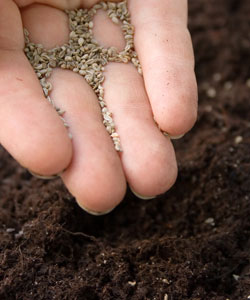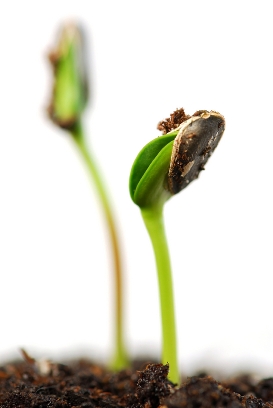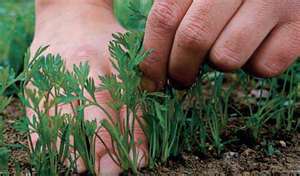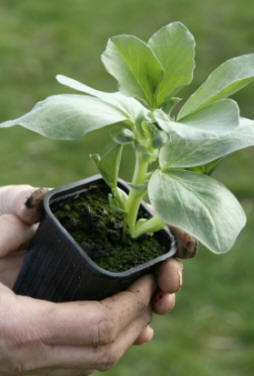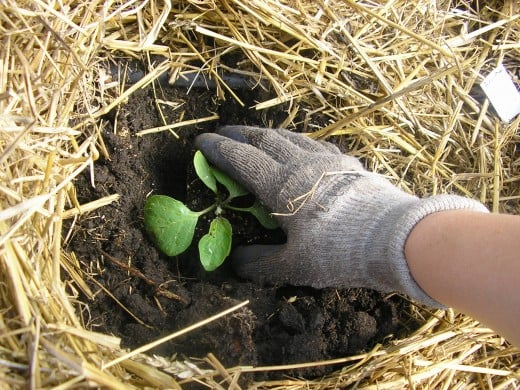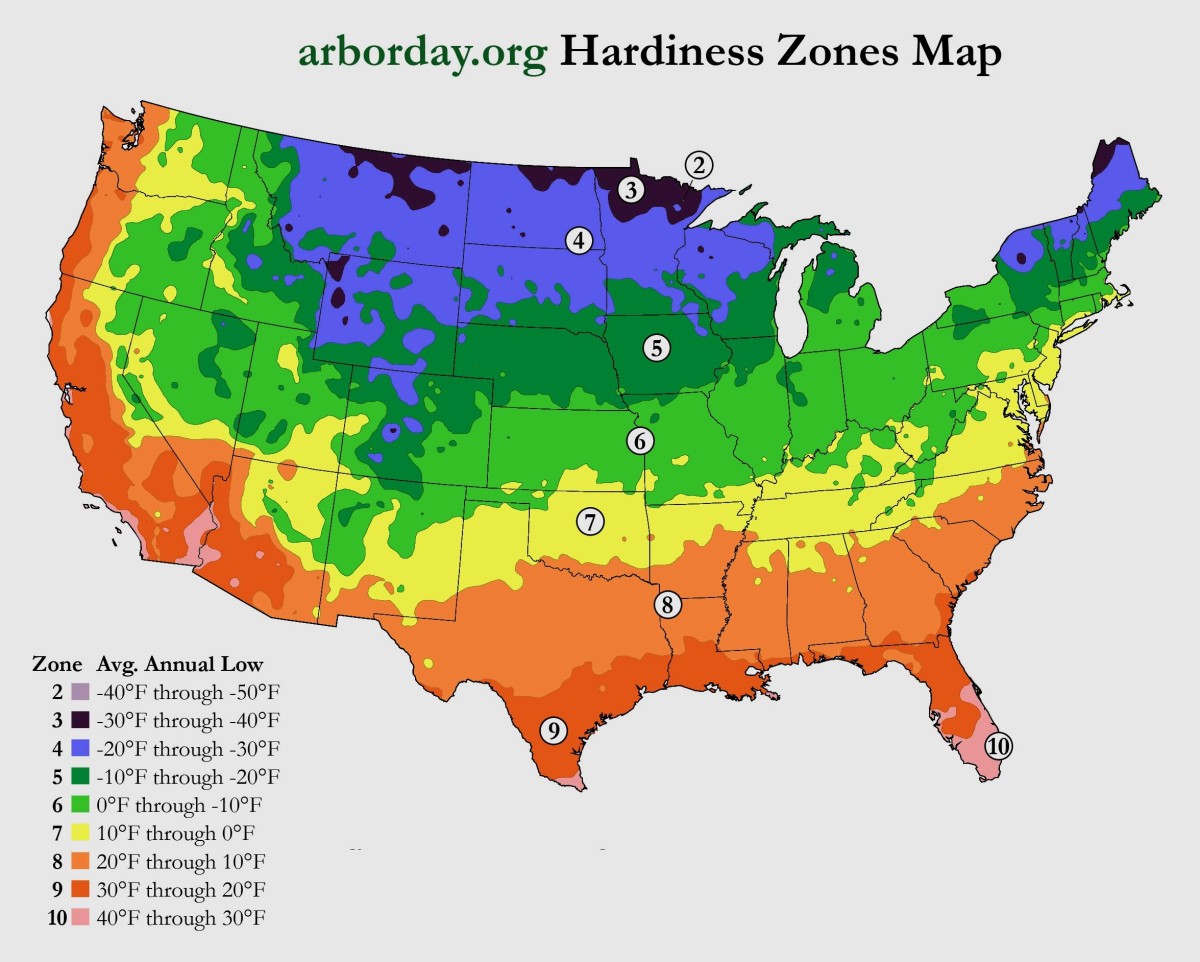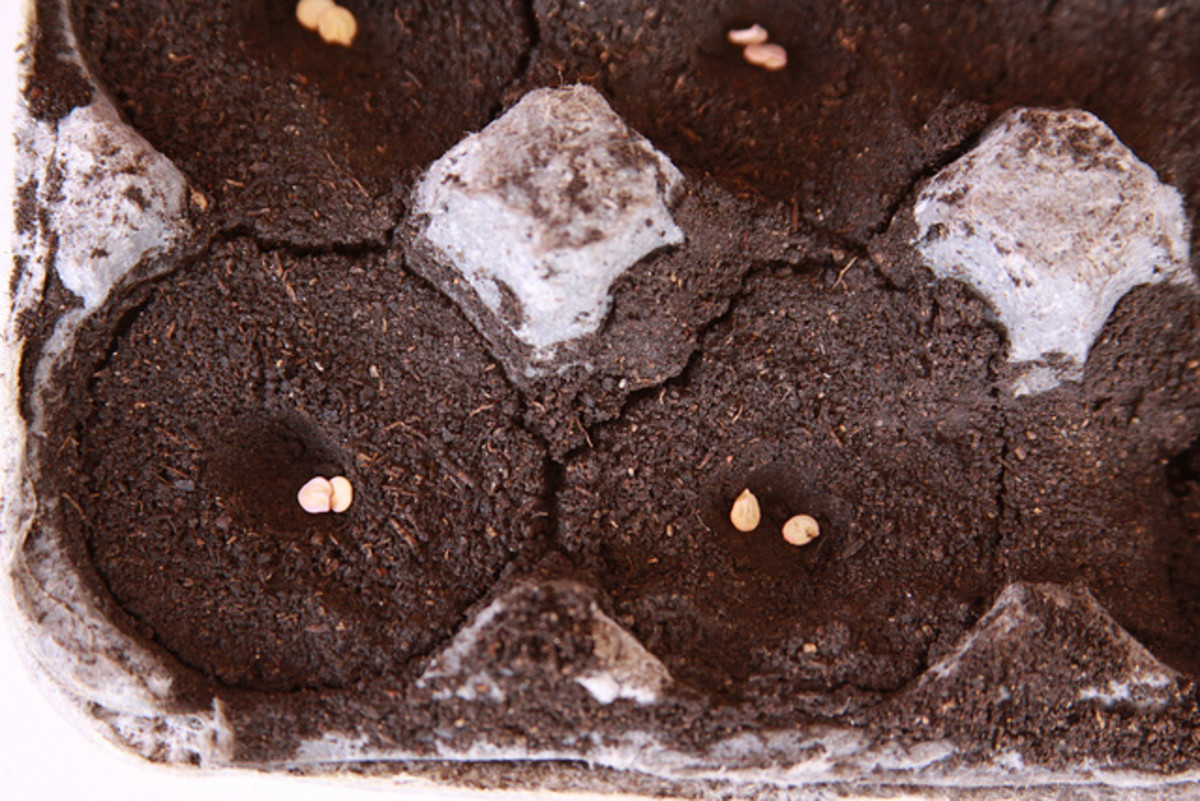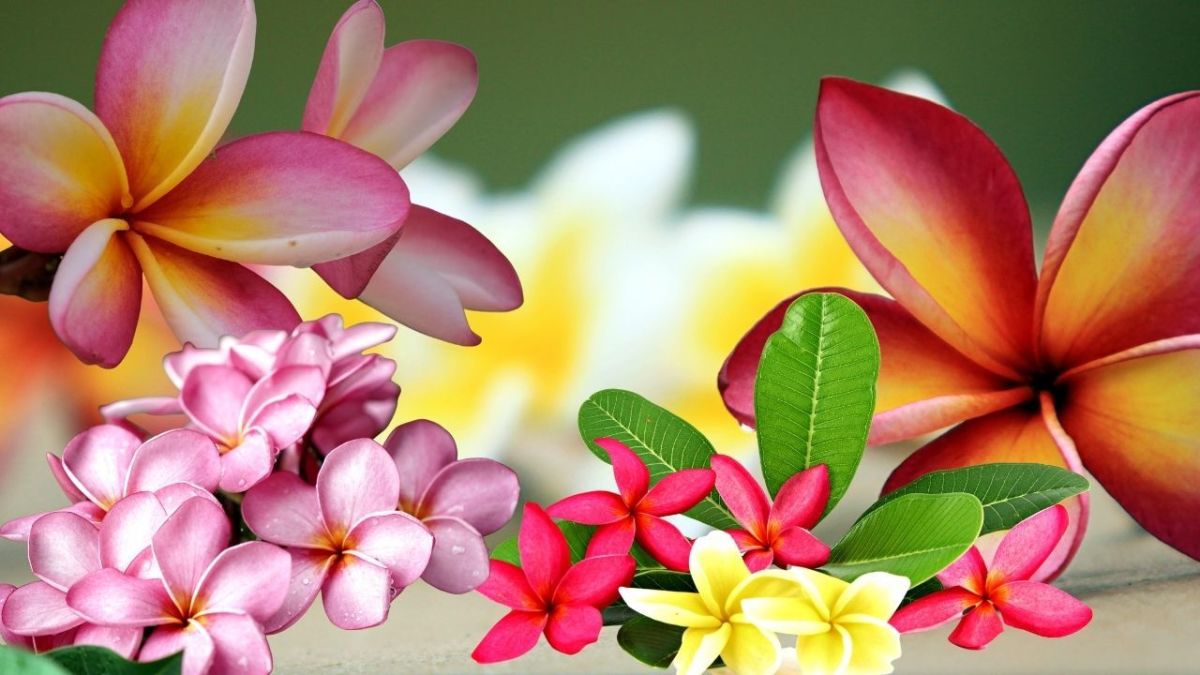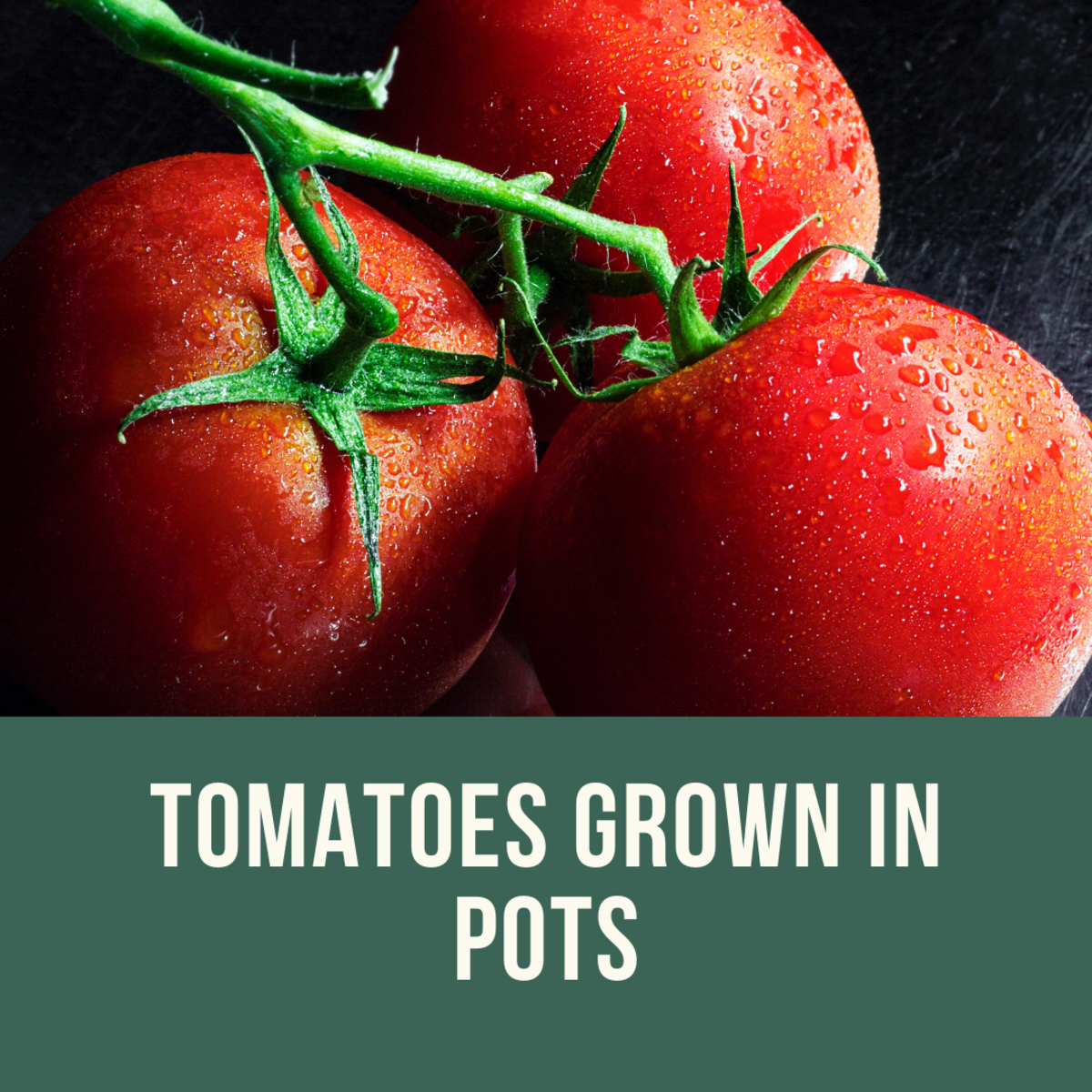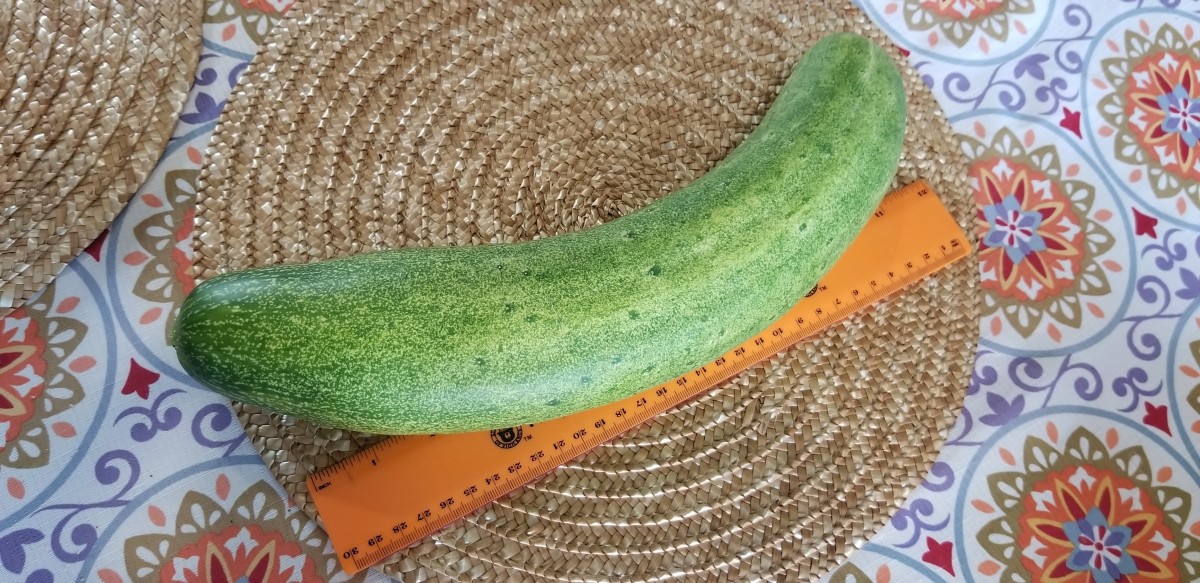Get Ready for Spring! Start Seeds Indoors
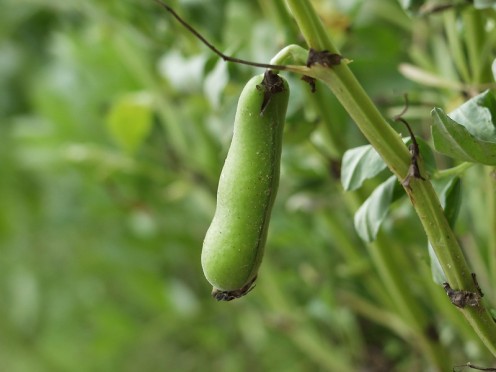
Start Your Garden Indoors
As winter gasps its last cold breaths, get a jumpstart on spring. Start seeds indoors. Your home will be brighter, your landscape will bloom sooner, and your vegetable garden will produce earlier if you do.
Scroll down now to learn how to
- create your own seed-starting mix,
- choose the best containers,
- sow at the right of year,
- provide optimum water and light, and
- transplant seedlings that will survive early spring weather.
From Seed to Seedling
Click thumbnail to view full-size




Learn More about Starting Seeds Indoors

Get the Right Mix
For best results, start seeds in a soilless mixture of sphagnum peat moss or coir, vermiculite, and perlite.
Peat retains water and air, and it decomposes slowly. Because it's acidic, with a pH ranging from 3.5 to 4, limestone is sometimes added to it. Although peat contains some nutriuents, coir contains more. It's also more expensive and harder to find.
Unlike peat, vermiculite has a pH that's almost neutral, and it contains magnesium and calcium. It also helps seed-starting soil retain water and nutrients. Handled carefully, it allows drainage, too. If you plan to create your own mix, purchase medium-grade vermiculite.
You can make soilless mix from equal parts peat or coir and vermiculite alone. Adding perlite, however, is a good idea. Like vermiculite, perlite increases air flow and water drainage. It can also hold three to four times its weight in water--without becoming heavy like sand, which is also sometimes recommended for seed-starting mixes.
A good soilless mix drains well and permits germinated seeds to root easily. It is also lightweight, so seedlings grow straight, unencumbered by clods of dirt that might cause deformities in the plants as they grow. Soilless mixes are free of weed seeds, diseases, and insects, too, so there's no need to sterilize them in the oven or microwave.
You can purchase coir or peat, perlite, and vermiculite separately in order to make your own soilless mix. Or, you can buy premixed bags of seed starter. Although there are many recipes for soilless mixes, here's a basic formula that works well for most home gardeners:
3 parts peat or coir
3 parts vermiculite
1 part perlite (optional)
If you decide to repot your seedlings before transplanting them outdoors, add 1/4 cup fish meal to each gallon of soilless mix. This will give your young plants a good boost of nutrition.
For additional soilless mix recipes, consult the The National Sustainable Agriculture Information Service's website, or purchase one of the guides from Amazon to the right of your screen.
Select the Best Containers
Any clean container will do for starting seeds, so long as it has these two qualities: 1) good drainage and 2) a depth of at least two inches. Seedlings need room to develop a strong root system, and they need well-drained soil in order to avoid developing Rhizoctonia and Pythium, two types of deadly "damping off" fungi.
If you're into recycling, try cottage cheese containers, yogurt containers, and milk carton bottoms. (Be sure to make drainage holes in them!) You may also reuse plastic flower pots/trays that you've cleaned and rinsed in a solution of chlorine bleach (1 part) and water (10 parts).
If you're worried that you may injure seedlings when transplanting them, sow your seeds in single-plant peat pots that can be planted right into the ground.
Time Requirements for Select Vegetables
Seedling
| Weeks Needed to Develop
|
|---|---|
Broccoli
| 8
|
Cabbage
| 8
|
Cauliflower
| 8
|
Cucumber
| 4 (or less)
|
Eggplant
| 8
|
Lettuce
| 8
|
Muskmelon
| 4 (or less)
|
Pepper
| 8
|
Squash
| 4 (or less)
|
Tomato
| 6
|
Watermelon
| 4 (or less)
|
Sow at the Right Time
Before sowing seeds indoors, make sure that they will germinate and develop into seedlings that are ready for transplant after all chance of killing frost in your area has passed. For a general guide to the best times for outdoor planting, see the Farmers' Almanac.
The number of days needed for germination appears on the back of most seed packets. Many vegetables, including those noted in the time requirements chart to your right, require only five to ten days for germination.
As you're deciding when to sow, also factor in the number of weeks your seedlings need to develop before they can be safely transplanted outside.
Sow with Care
When it is time to sow your seeds, do it right. Moisten the soilless mix and fill your containers, leaving about 3/4 of an inch at the top. If you're planting tiny seeds, like lettuce, which need light in order to germinate, make the top 1/4 inch of growing medium vermiculite.
Use your fingers to tamp down the mix lightly to create a flat surface, and then start sowing. Follow the seed packet directions regarding planting depth, making sure not to plant seeds too deeply. As a general rule, they should be planted at a depth twice their diameter. Extremely small seeds should be pressed into the mix and lightly misted with water.
Keep the potting mix moist and warm. Most seeds germinate at temperatures ranging from 65 to 75 degrees. The numbers of days required varies. Some, like broccoli, need only five to ten days for germination, while others, like geraniums, require anywhere from ten to 20.
Light, Water ... Action!
When your seeds have germinated, give them the light and water they need in order to grow. Place them in fluorescent light and keeping the growing medium moist.
Even if you have lots of windows, they won't provide enough light to ensure sturdy transplants. Seedlings need strong light and plenty of it--14 to 16 hours per day! The best way to give it to them is to place them one to two inches beneath fluorescent grow lights.
To keep the soilless mix moist but not wet, hydrate seedling pots by setting them in shallow pans of water so that they can wick up the moisture they need. It the surface dries out a bit between waterings, that's okay.
Although many gardeners hate to thin seedlings, it's a must if you want strong transplants. Pulling weak seedlings, however, can disturb the root systems of the plants you're keeping. Instead, cut them off at the soil line with scissors.
Know When to Transplant
One to two weeks before it's time to transplant, begin hardening your seedlings. Hardening slowly exposes seedlings to outdoor conditions and makes them more likely to survive--and thrive--in your garden. Gardeners in most regions of the U.S. can begin the hardening process in mid-March and transplant at the start of April.
To harden your seedlings, set them outside on warm days one to two weeks before you'll transplant them. Bring them in at night. When they are outdoors, make sure that they're in a shady area that's protected from the wind. Every day, leave them out a little bit longer. Don't, however, put them outside if a storm or high winds develop, or if the temperature drops below 45 degrees.
Get Started Now!


